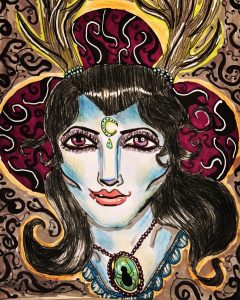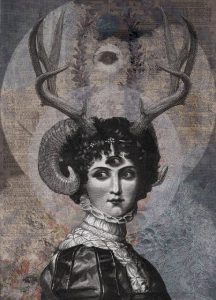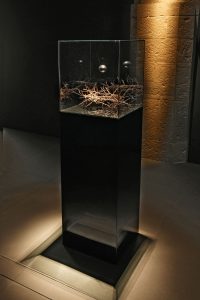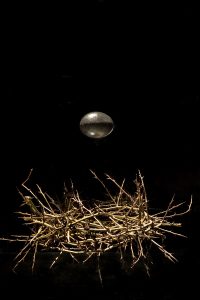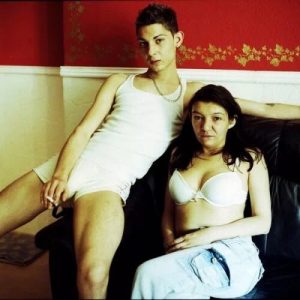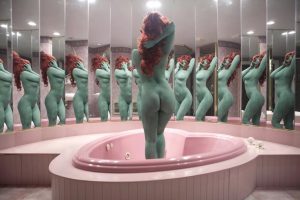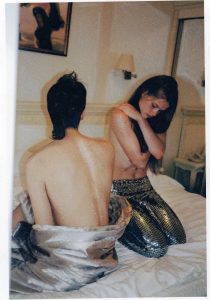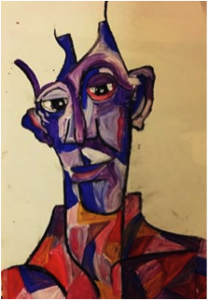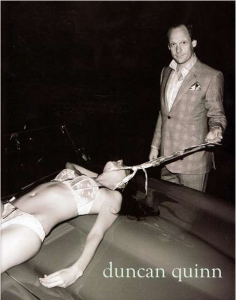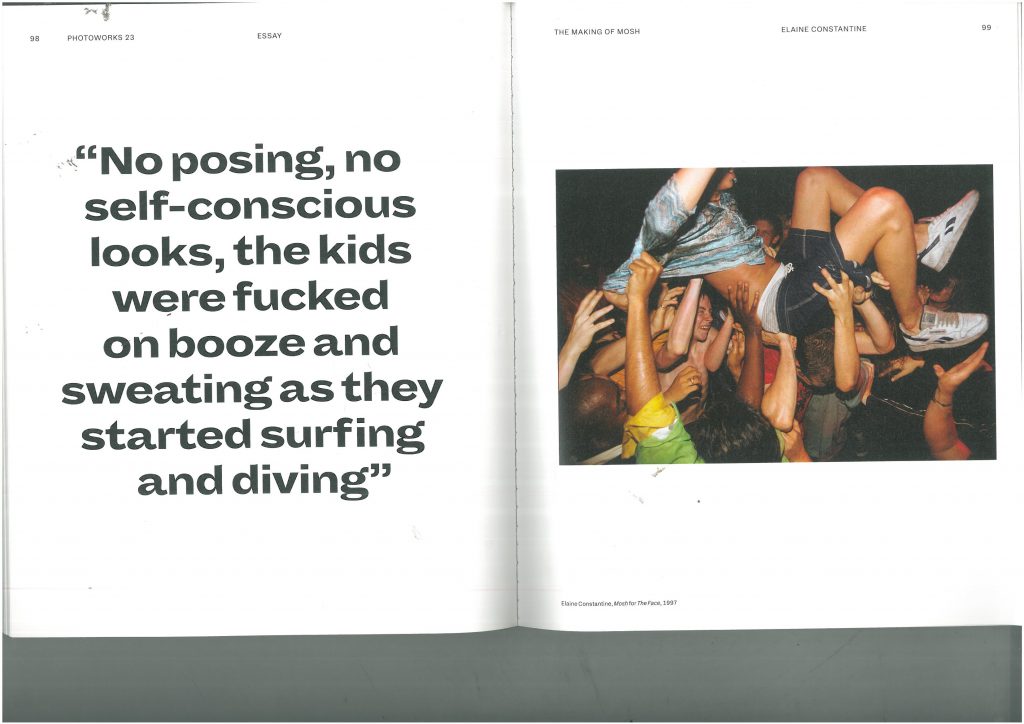
Figure 1: Photograph of a group of teenagers in 1997, taken as part of a fashion editorial called ‘Mosh’ by Elaine Constantine for ‘The Face’ magazine. Pages 92-99. Various contributors, (2016), Photoworks Annual – Issue 23: Self Styled
I first came across this image while reading an issue of Photoworks. I was drawn to the raw nature of the photography and assumed the piece must be about 1990’s teen culture, music or drinking. I was right to an extent, as this is exactly what the photograph is depicting, however I did not expect to find out that the set of images were actually a fashion shoot for The Face magazine. The photographer, Elaine Constantine, explained how in the summer of 1997 she and stylist Greg Faye gathered over 70 teenagers in London, provided designer clothes, alcohol and music and just started photographing. The authenticity of the photos was unlike anything I had ever seen before in a fashion context. Normal teenagers, no styling and even less direction; a complete contrast to the hand-picked models, staged poses and expertly styled outfits we usually see, even when I have seen other photographers adopt a ‘documentary’ style.
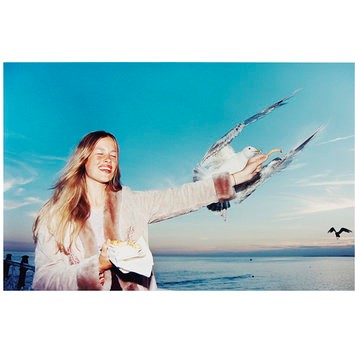
Figure 2: ‘Sarf Coastin’ 1997, original photograph, fashion photography for The Face magazine, Elaine Constantine. Found on V&A collections website.
It was this that lead me to looking further into Constantine and her style of fashion photography, when I came across Constantine’s most famous image. ‘Sarf Coasting’ was another fashion editorial Constantine shot for The Face and it featured a group of girls simply having a fun day out in Brighton. The iconic image of the seagull diving for the girl’s chips, came from Constantine’s own experiences of weekends at the pier, feeding the seagulls with her boyfriend. To Constantine, she was just giving something different a go, when in reality, it was this shoot that kicked off her career, landing her regular jobs with magazines such as US Vogue, Italian Vogue and campaigns with Jigsaw and Hunter.
It is clear that Constantine was tired of seeing the grunge fashion and ‘heroin-chic’ trends that were everywhere in fashion photography in the 1990s, and so wanted to introduce something new, something different. Her vibrant, energetic images were a shock to the industry, a shock that it very well needed.
‘Heroin-chic’ was a trend of the 90s that adopted imagery of heroin addicts and their environments into fashion photography – characterised by underweight figures, dark circles around the eyes and pale skin. It was originally due to the rise in popularity of the drug with the middle-class and wealthy, as well as a reaction to the ‘healthy’ look of models such as Cindy Crawford at the time, however it turned into so much more. It glamorised the drug, depicting it as ‘cool’ and desirable in fashion ad campaigns. It was eventually condemned and fell out of style by the end of the 1990s, showing that capturing real people in real scenarios was clearly what the public and the consumer wanted, and we can see this by Constantine’s continued success. Her work has now been exhibited around the world, and held in collections in the National Portrait Gallery and the V&A.




